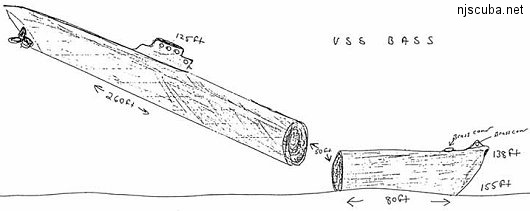
More: Submarines ...

More: Submarines ...
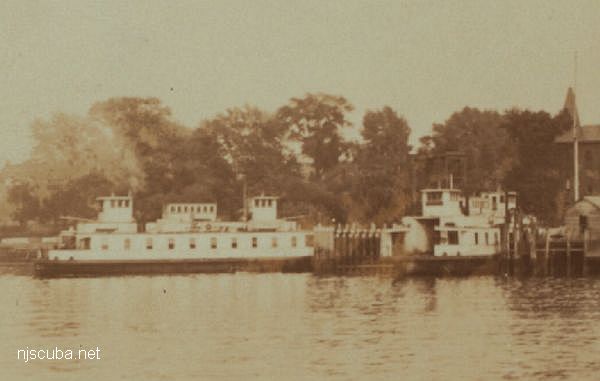
More: Wards Island ...
A number of small warships are sunk in New Jersey and New York waters.
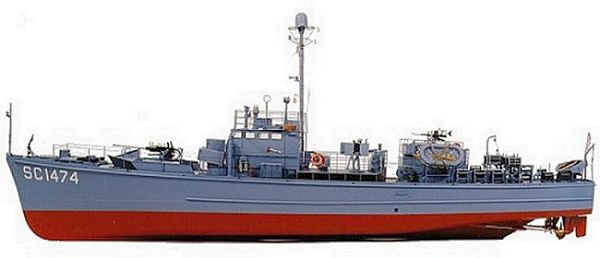
A subchaser was a small coastal patrol vessel of World War I or II. Subchasers were lightly armed and even more lightly constructed, mostly out of plywood, powered by two diesel (WWII) or three gasoline (WWI) engines. Roughly the same design was used in both wars - 110 ft long, about 100 tons. Almost a thousand were built over both World Wars, and several are lost in the waters around this area. Many private yachts and some larger fishing trawlers were converted to perform this function also, like the Tarantula and the Moonstone. Conversely, some subchasers were converted to other duties after the war, such as the Bronx Queen, pictured below in military trim. Real subchasers were designated SC-, while converted yachts were designated SP-, PY- ( patrol yacht ) or PYc ( patrol yacht - coastal. )
More: Warship ...
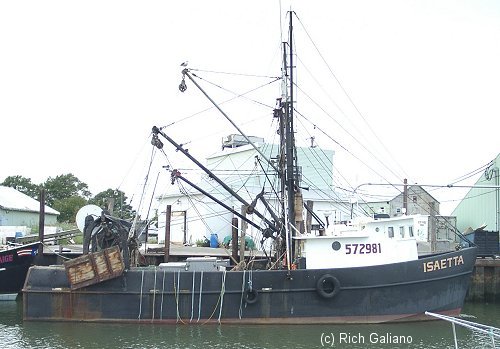
A small local trawler. The net is stowed on the large white spool aft, while the wooden otter boards are stowed alongside. Newer vessels like this put the fishing gear over the stern, while some older trawlers still put the net and otter boards over the starboard side, leaving the port side free for loading and unloading at the dock.
More: Trawlers ("Draggers") ...
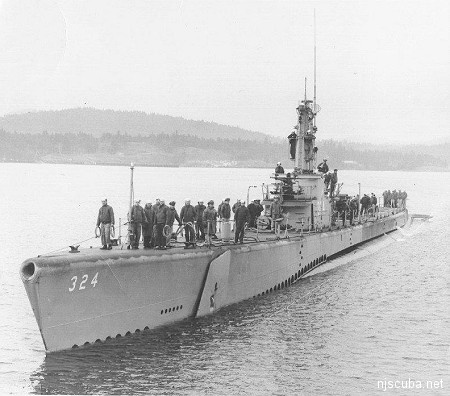
Everyone knows what a submarine is - a ship that can go underwater. Hardly needs any explanation. Unless you're in the US Navy. By the Navy definition, only their modern, nuclear-powered boats ( all submarines are called "boats" ) are true submarines, designed to operate beneath the surface almost indefinitely. Anything else is merely a "submersible", tied to the surface by the need for fuel and air. Whatever.
More: Submarine ...
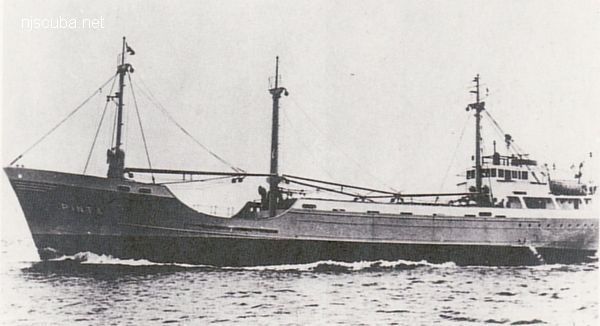
A cargo ship or freighter is any sort of ship that carries goods and materials from one port to another. Thousands of cargo carriers ply the world's seas and oceans each year; they handle the bulk of international trade. Cargo ships are usually specially designed for the task, being equipped with cranes and other mechanisms to load and unload, and come in all sizes. Specialized types of cargo vessels include container ships and bulk carriers. ( Tankers and supertankers are also cargo ships, although they are habitually thought of as a separate category. )
More: Freighter ...
I find this sort of material to be much more interesting than the endless rehashing of coral reefs, glowingly useless gear reviews, and "buoyancy tips" that fill up the standard glossy diving magazines.
Conservation Manual – Donny L. Hamilton
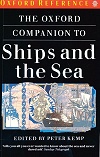
The Oxford Companion to Ships and the Sea
Peter Kemp, 1988
Lots of interesting information and trivia.
More: Artifacts References ...
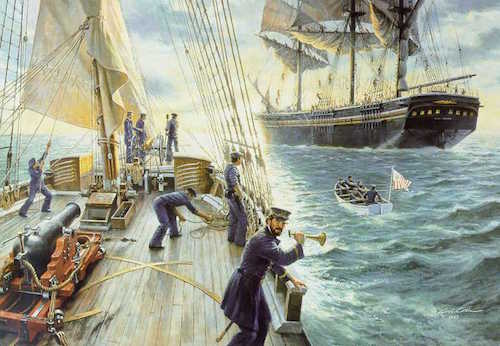
More: United States Coast Guard 2 ...
The United States Coast Guard is this nation's oldest and premier maritime agency. The history of the Service is very complicated because it is the amalgamation of five Federal agencies. These agencies, the Revenue Cutter Service, the Lighthouse Service, the Steamboat Inspection Service, the Bureau of Navigation, and the Lifesaving Service, were originally independent, but had overlapping authorities and were Shuffled around the government. They sometimes received new names, and they were all finally united under the umbrella of the Coast Guard. The multiple missions and responsibilities of the modern service are directly tied to this diverse heritage and the magnificent achievements of all of these agencies.
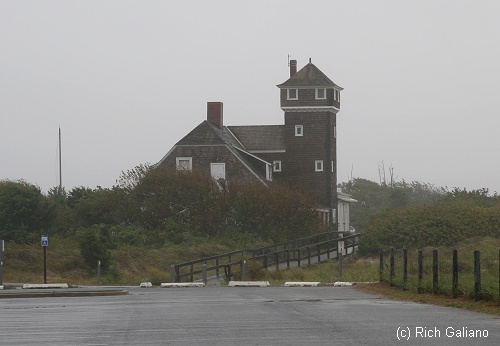
More: United States Coast Guard 1 ...
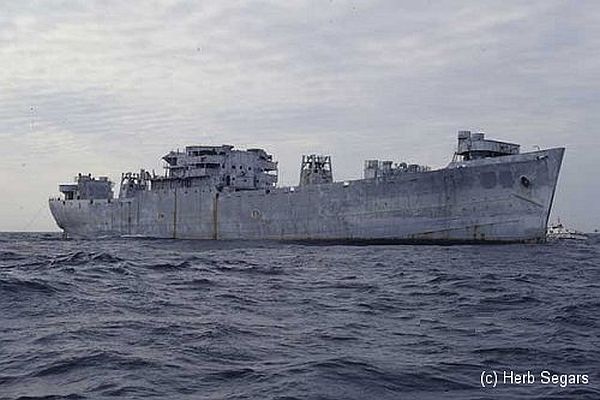

Poly-chlorinated biphenols (PCBs) and heavy metals ( Pb, Cu, Ni, Cd, Zn, Ag, and Hg ) have become an issue of concern with artificial reef development, as popular reef building materials ( e.g., ex-Navy vessels ) may contain quantities of these toxic materials that may potentially be transferred through the food chain. This transference, or bioaccumulation, may have unforseen effects on the marine environment and, ultimately, human health through consumption of contaminated finfish and shellfish harvested from these reefs. However, thousands of ships have met their demise without the environmental cleansing and preparation that artificial reefs require, perhaps posing a potentially greater health risk to consumers and divers.
More: Contamination Risks of Artificial Reefs and Shipwrecks ...